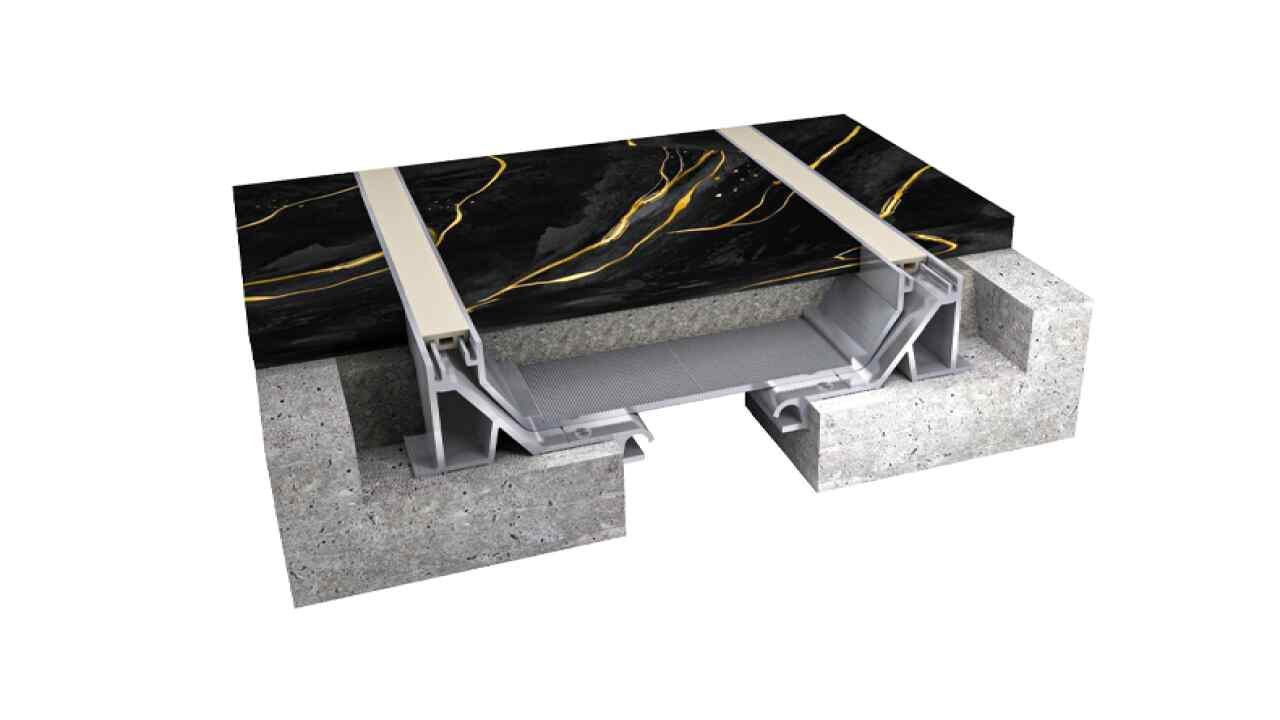Expansion joints in the Egyptian Code are one of the main types of construction joints. Expansion joints are constructed vertically in order to give buildings the ability to expand and contract in case of high temperature, and this is done horizontally, and for this reason buildings are protected from any cracks that may occur to it and lead to significant damage. in the building.
The importance of expansion joints in the Egyptian code
The use of expansion joints in the Egyptian code is one of the most important things that must be taken into account when constructing buildings, and they are used for many reasons, including:
- Reducing the load on buildings.
- Giving the ability to act if any problem occurs.
- It is considered one of the most important things that must be taken into account, and engineering solutions must be found, in order to reduce the risks that may occur to the building later.
Types of bulkheads
There are many structural expansion joints that are used in buildings of all shapes and sizes, and the following are the most important types of structural expansion joints:
- Breaks related to landing.
- Expansion and contraction joints.
- casting breaks.
- separators for ceramics.
- Separators to prevent water leakage.
- Separators for insulation.
- borrowed breaks.
Reasons for using bulkheads
It is always taken into account to pay attention to the construction joints of all kinds when constructing buildings, as these joints are used for several reasons, including:
- Make the building expand easily over time.
- Preventing building problems that occur as a result of expansion.
- Prepare for any necessary matter that may happen later, taking all precautionary measures according to the knowledge of the scientific foundations.
A simple example to understand the stretching process
Some people may find it very difficult to know what happens to the building during the expansion process caused by the increase in temperature over time, and we can understand this meaning by illustrating the following simple example:
Imagine that there is a piece of clay and another piece of dough.
Then glue the two pieces together, and make notes.
Where you find that each piece expands in a streamlined way to take its own area, and this is by stretching to the right and left sides.
Where we note that this expansion is horizontal and not vertical, and therefore may lead to a crack as a result of the occurrence of horizontal expansion.
How to implement expansion joints
When using these breaks, a specific strategy should be followed, which are the following:
Its thickness is created by about 2 centimeters.
The gaps of the expansion joints are filled with various materials that are flexible, and also moisture resistant.
The joints are made vertically, where they start at the bottom of the building, up to the top of the building, taking into account that they start from the top of the building foundations.
We find descent breaks the opposite since they are created from below.
Materials used to fill construction joints
There are many types of materials that are used to fill the structural joints, and the following are the most important of these types
- Sand when mixed with bitumen.
- Cork material.
- Felt material impregnated with asphalt.
- Number of strips of elastomers.
- Foam rubber.
These materials must have some features that help them perform their function in a good way. The following are the most important features that the materials used to fill in the construction joints must have:
- Strength of hardness: These materials should be solid, in order to be able to bear the burdens and not affect them.
- Flexibility: These materials must be very flexible in order to be able to withstand the stretching that occurs to them.
- Chemical resistance: These materials must be able to withstand chemicals of various types, for example: salts and sulfates.
- Abrasion resistance: These materials must have this feature in order to be able to withstand movement on them, for example the joints used in the construction of floors.
Where do you use expansion joints?
These separators are used in certain areas, including:
Areas of high temperature variations over time.
areas of high temperature.
Buildings implemented over large areas.
.01068977712 - 01080029701 - Expansion Joints
i830


Share
- Comments